The roar of the ocean below, the wind rushing past your ears, and the sheer drop beneath your feet—cliff diving is not for the faint of heart. This extreme sport, which combines athleticism, courage, and a touch of recklessness, has captivated adrenaline junkies and spectators alike for decades. Unlike traditional diving, where precision and technique are judged in a controlled environment, cliff diving is raw, unpredictable, and often unforgiving. It’s a test of both physical prowess and mental fortitude, where one misstep can have dire consequences.
Origins and Evolution
Cliff diving traces its roots back centuries, with historical records suggesting that ancient civilizations in Hawaii, Mexico, and Greece practiced forms of high diving for ritualistic or competitive purposes. The famous "lele kawa" tradition in Hawaii, for instance, involved warriors diving from towering cliffs to prove their bravery. Over time, what began as a cultural rite evolved into a global sport, with organized competitions and professional athletes pushing the boundaries of what’s possible.
Today, the Red Bull Cliff Diving World Series stands as the pinnacle of the sport, attracting elite divers who perform acrobatic feats from heights exceeding 90 feet. These divers train relentlessly, honing their bodies to withstand the impact of hitting the water at speeds of up to 60 miles per hour. The sport has also gained a following among amateurs, though experts caution against attempting such dives without years of training and proper supervision.
The Physics of Fear
What makes cliff diving so terrifying—and so thrilling—is the sheer physics involved. From a height of 90 feet, a diver reaches the water in just under three seconds, accelerating at 32 feet per second squared due to gravity. The impact is brutal, equivalent to hitting concrete if the body isn’t perfectly aligned. Divers must enter the water feet-first or headfirst with their arms streamlined to minimize surface area and reduce the risk of injury. Even then, the force can cause bruises, dislocations, or worse.
The risks are compounded by environmental factors. Unlike pool diving, where conditions are predictable, cliff divers contend with waves, wind, and changing water depths. A spot that was safe at high tide might be dangerously shallow hours later. Rocks hidden beneath the surface pose another hazard, as do strong currents that can pull divers under. It’s no wonder that even seasoned professionals approach each dive with a mix of excitement and trepidation.
The Mental Game
Beyond physical skill, cliff diving is a mental battle. Standing at the edge of a cliff, the human brain instinctively screams danger. Overcoming that primal fear requires intense focus and visualization. Many divers describe a state of hyper-awareness in the moments before a dive, where time seems to slow and every detail—the angle of their takeoff, the position of their arms—becomes crystal clear.
This mental discipline is what separates the best from the rest. A single moment of doubt can lead to hesitation, and hesitation can be fatal. Divers often speak of "trusting the process," relying on muscle memory to carry them through even when fear threatens to take over. It’s a mindset that echoes other extreme sports like free solo climbing or big-wave surfing, where the margin for error is razor-thin.
The Spectacle and the Controversy
For spectators, cliff diving is a spectacle unlike any other. The combination of breathtaking scenery and human daring creates a visceral experience, whether watched live or on screen. Social media has amplified the sport’s reach, with viral videos of daring dives drawing millions of views. Yet this popularity has also sparked debate. Critics argue that glorifying such a dangerous activity encourages inexperienced individuals to attempt risky stunts, often with tragic results.
Indeed, every year brings reports of amateurs suffering serious injuries or worse while attempting to emulate their heroes. Some destinations known for cliff diving, like Hawaii’s Kahekili’s Leap or Italy’s Grotta del Turco, have seen an influx of tourists eager to test their courage—sometimes without understanding the risks. Local authorities in these areas have struggled to balance promoting tourism with ensuring safety, leading to calls for stricter regulations or outright bans in some cases.
The Future of the Sport
Despite the dangers, cliff diving shows no signs of slowing down. Advances in training techniques and safety measures, such as the use of drones to scout dive locations, are helping professionals push the envelope further. Meanwhile, the sport’s governing bodies are working to standardize safety protocols and educate the public about the importance of proper training.
At its core, cliff diving represents the eternal human desire to conquer fear and defy limits. Whether viewed as an art form, a sport, or a reckless thrill, it continues to captivate those who dare to look over the edge—and take the plunge.
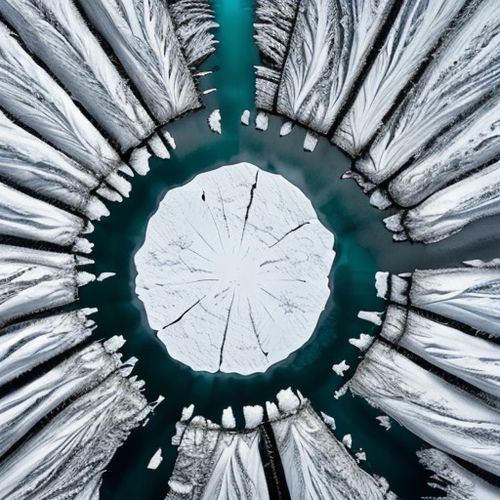
By Sophia Lewis/May 8, 2025
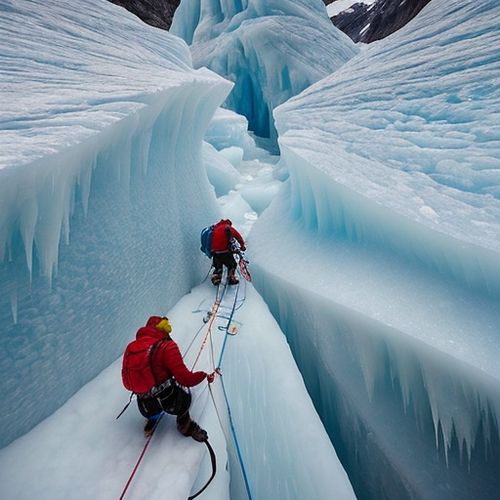
By Samuel Cooper/May 8, 2025
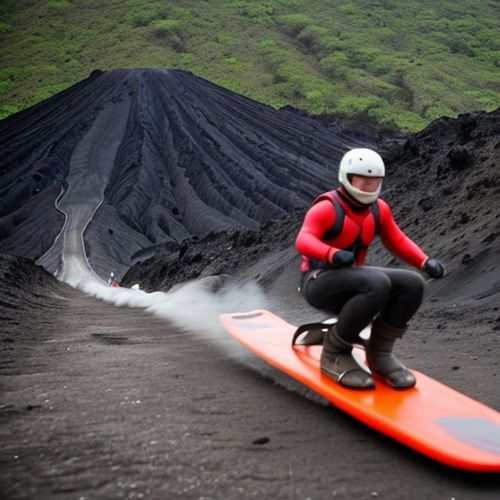
By William Miller/May 8, 2025
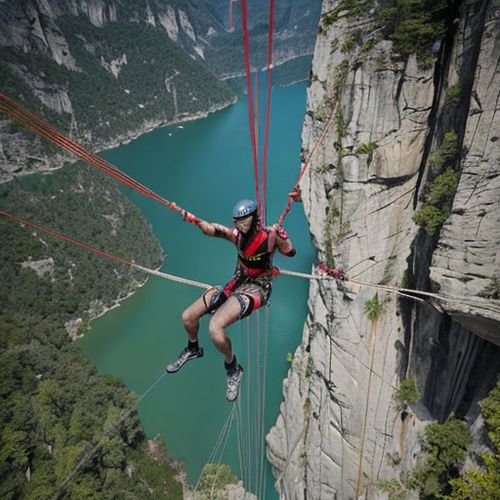
By Rebecca Stewart/May 8, 2025
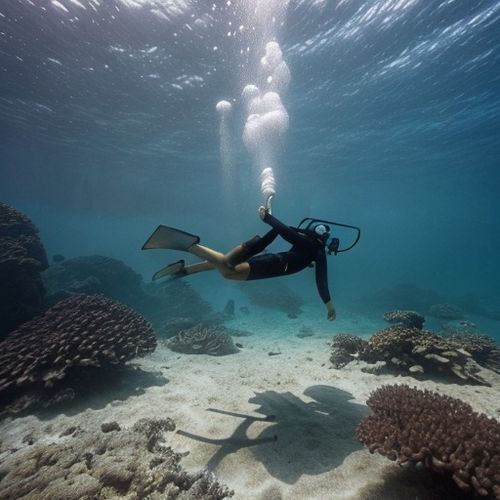
By Natalie Campbell/May 8, 2025

By Jessica Lee/May 8, 2025

By Thomas Roberts/May 8, 2025
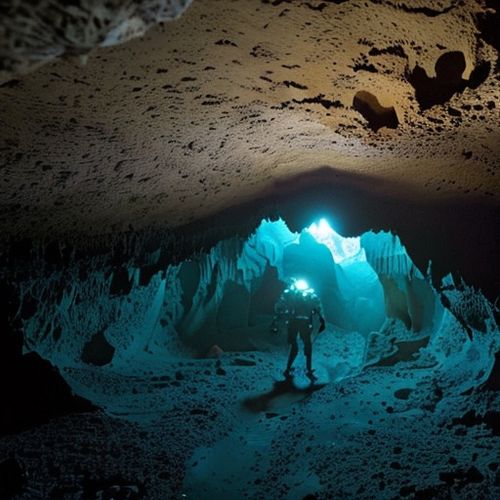
By Christopher Harris/May 8, 2025

By Christopher Harris/May 8, 2025
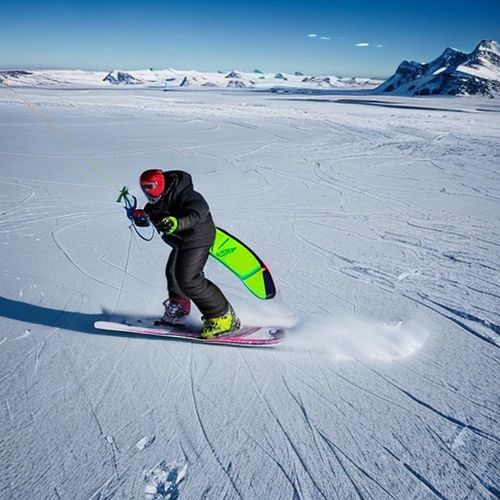
By Natalie Campbell/May 8, 2025
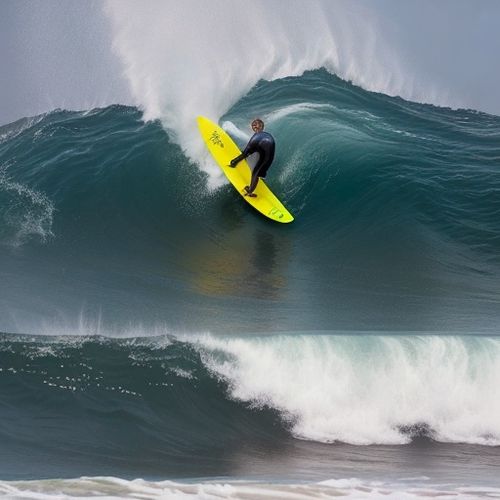
By Rebecca Stewart/May 8, 2025
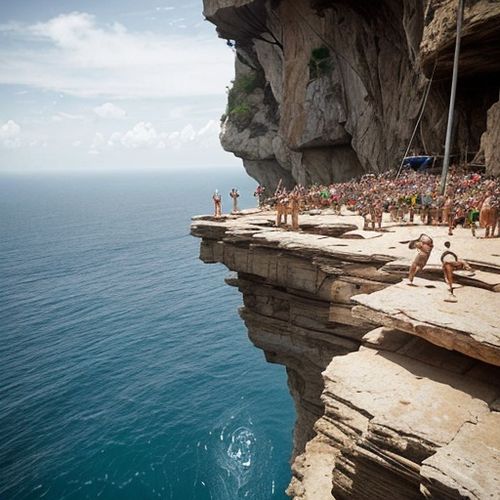
By Sophia Lewis/May 8, 2025
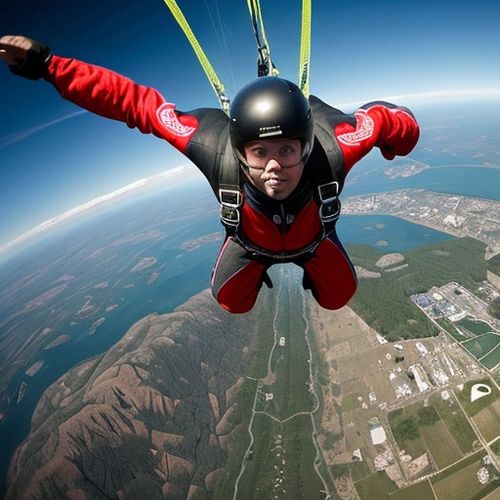
By Noah Bell/May 8, 2025
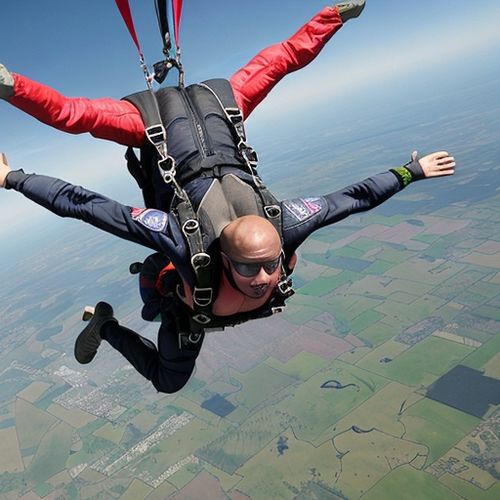
By Sophia Lewis/May 8, 2025
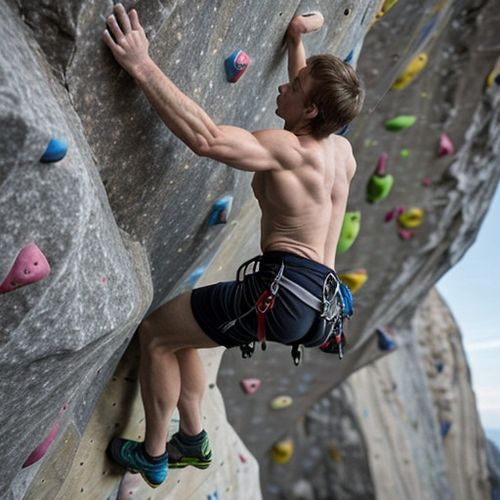
By Benjamin Evans/May 8, 2025
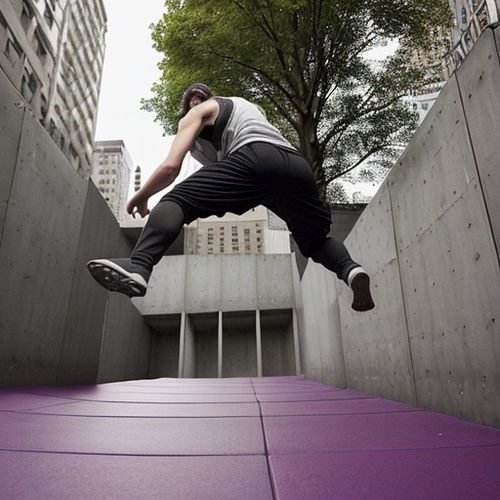
By Benjamin Evans/May 8, 2025

By Eric Ward/May 8, 2025

By Elizabeth Taylor/May 8, 2025
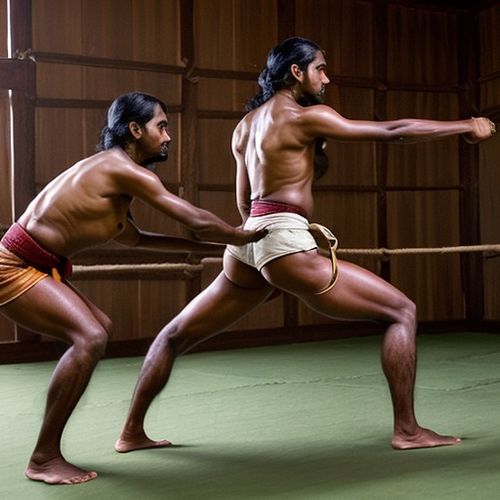
By Daniel Scott/May 8, 2025

By Eric Ward/May 8, 2025